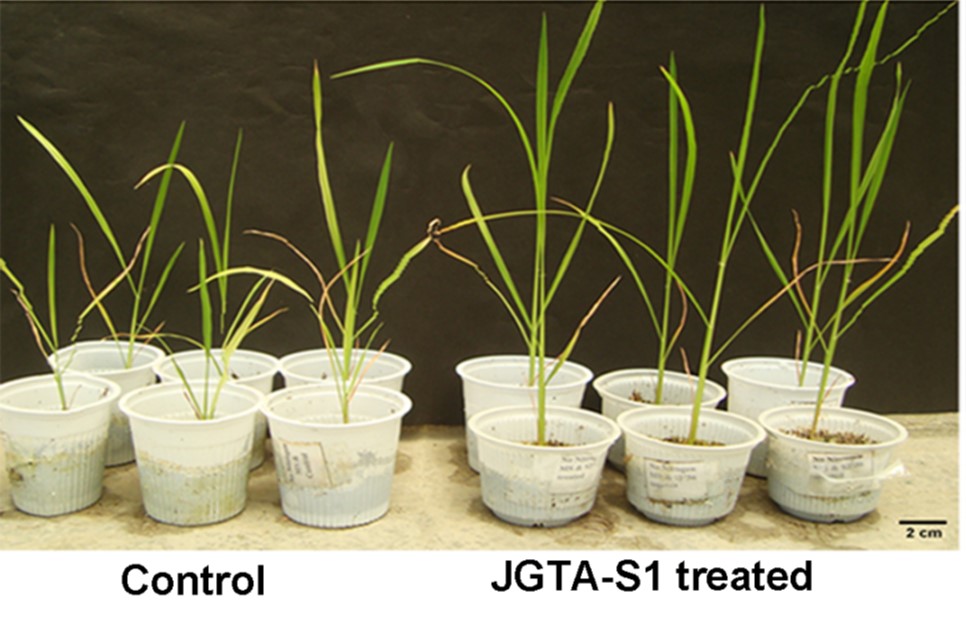
Rice nitrogen nutrition is improved by association with a fungus carrying nitrogen-fixing endobacteria ($) (Plant Cell)
Plant Science Research WeeklyPreviously, growth-promoting endophytic (living within the plant) microbes were isolated from plants (narrowleaf cattail, Typha angustifolia) growing in a nutrient-poor site in an effort to identify new beneficial microbes. One of these identified is the fungus Rhodotorula mucilaginosa. Now, Paul et…

Phage combination therapies for bacterial wilt disease in tomato ($) (Nature Biotech)
Plant Science Research WeeklyBacteriophages are viruses that infect bacteria. As agents that weaken or destroy pathogens, they have shown therapeutic promise in human and plant disease treatment. Wang et al. studied the effect on pathogenic Ralstonia solanacearum of different phages individually and in combinations in the rhizosphere…

Review: The role of peptides cleaved from protein precursors in eliciting plant stress reactions (New Phytol)
Plant Science Research WeeklyAlthough the first signaling peptide identified in plants, systemin, is involved in stress responses, developmentally important peptide signals have largely occupied the limelight. This Tansley Review by Chen et al. summarizes recent insights into peptides with a role in stress responses: wounding, pathogen…
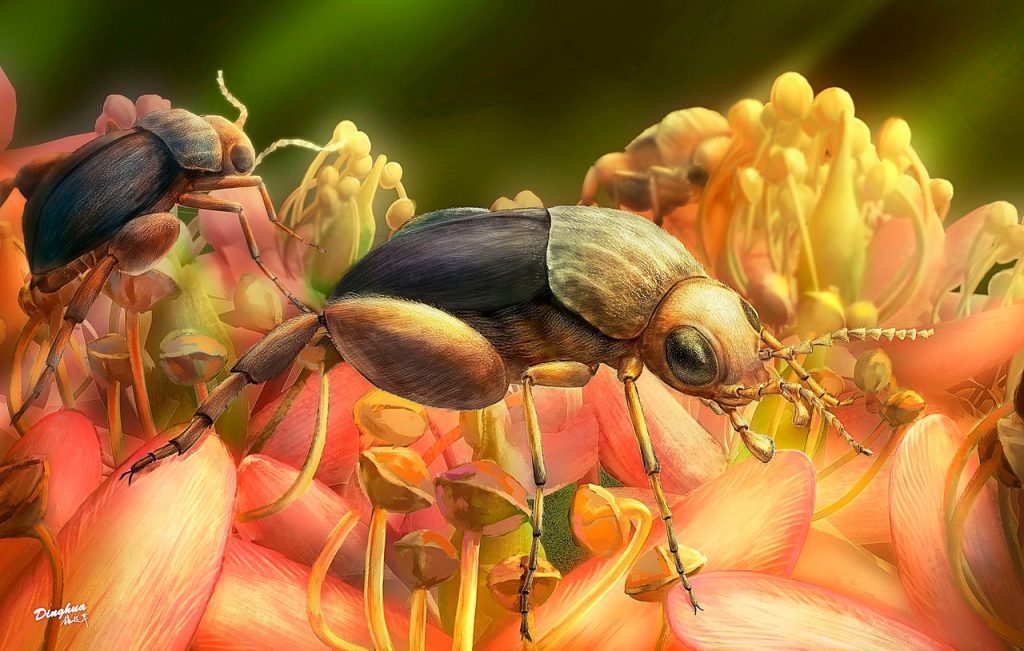
Pollination of Cretaceous flowers (PNAS)
Plant Science Research WeeklyLike something from Jurassic Park, a tiny insect embedded in amber has provided new insights into life millions of years ago. But in this case, the 99 million year old insect shows us that, as Darwin surmised, insects really were important contributors to angiosperm pollination from their origins. In…

Review: Ready-to-eat salad crops: A plant pathogen’s heaven (Plant Disease)
Plant Science Research WeeklyFor those of you celebrating Thanksgiving next weekend, here’s an article full of fun facts to share over the salad. Gullino et al. describe the history of salad (mentioned by Virgil and Pliny) and the rapid growth in the prepared salad industry. They describe the challenge of growing and getting these…
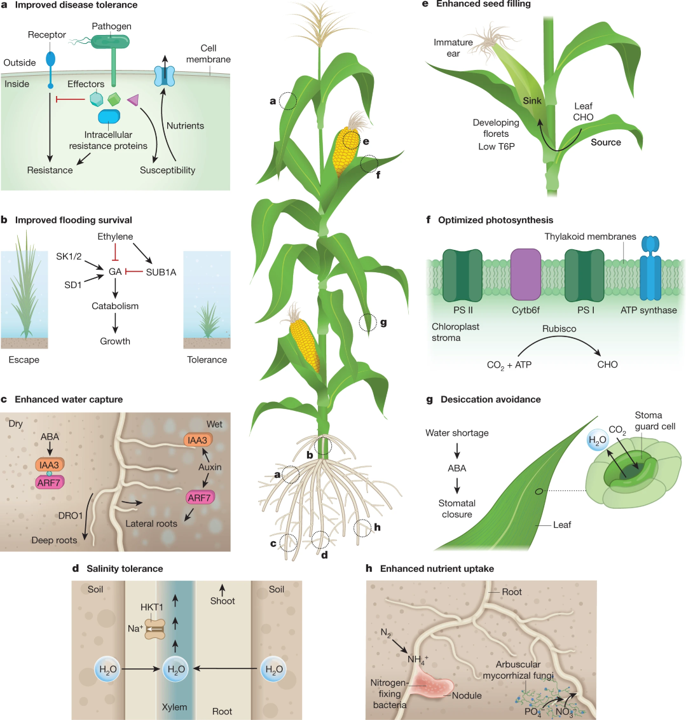
Review: Genetic strategies for improving crop yields (Nature)
Plant Science Research WeeklySimply put, as food demand increases due to population growth and increased affluence, crop yields are likely to decrease due to the changing climate. Plant scientists will be familiar with many research avenues that aim to address this disconnect, ranging from increasing crop resilience to abiotic stresses,…
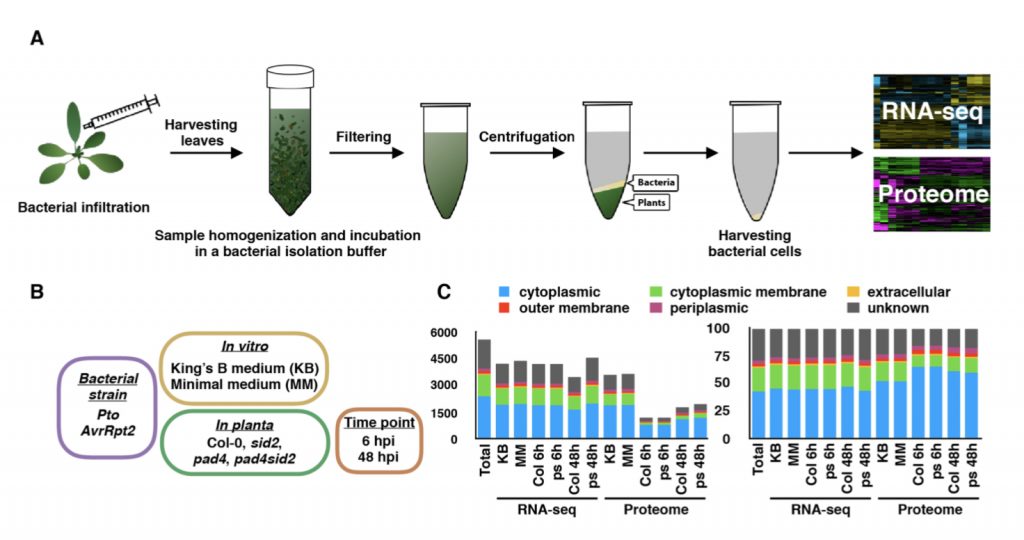
Understanding pathogenic bacterial gene expression in planta is essential to understand plant pathology (bioRxiv)
Plant Science Research WeeklyHow exactly does the plant defense system target pathogens? Nobori et al. have analyzed interactions inside the plant between the foliar bacterial pathogen Pseudomonas syringae and Arabidopsis thaliana at transcriptomic and proteomic levels by using RNAseq and liquid chromatography mass spectrometry…
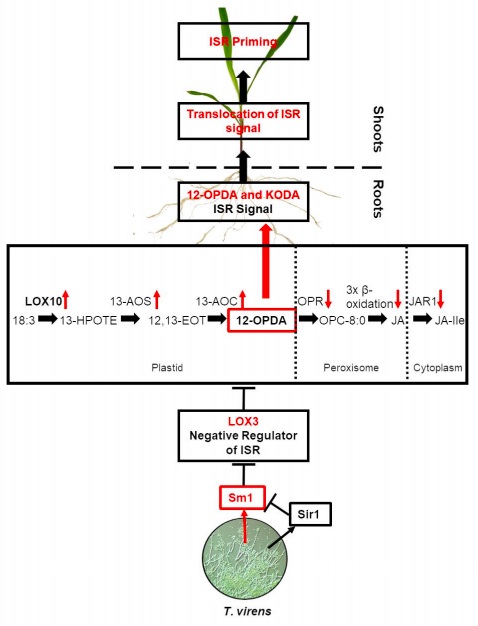
Oxylipins other than jasmonic acid regulate systemic resistance (Plant Cell)
Plant Science Research WeeklyPlant roots communicate with microbes in a sophisticated manner through chemical communication within the rhizosphere, thereby leading to biofilm formation of beneficial microbes and resulting in priming of defence, or induced resistance in the plant host to a wide range of pathogens (induced systemic…

Review: Exchange of small regulatory RNAs between plants and their pests (Plant Physiol)
Plant Science Research WeeklyTrans-species small RNAs are the latest class in the family of signals that move between plants and their attackers. Hudzik et al. review this topic, covering small RNAs that move from plant to pest and from pest to plant. The transmitted RNAs function by interfering with gene expression in the recipient.…

